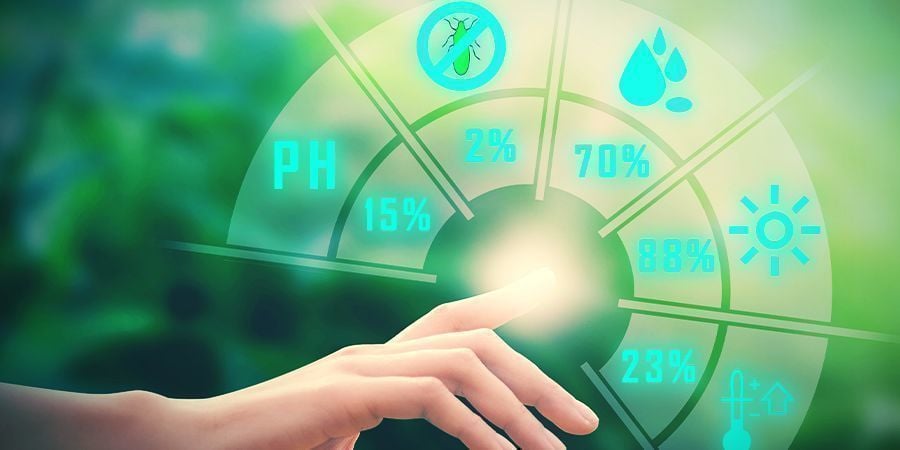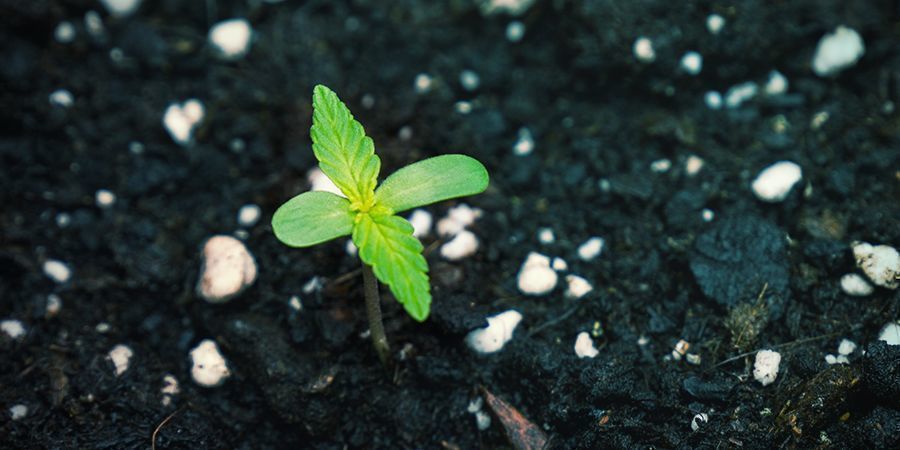The Importance Of Magnesium For Cannabis Plants
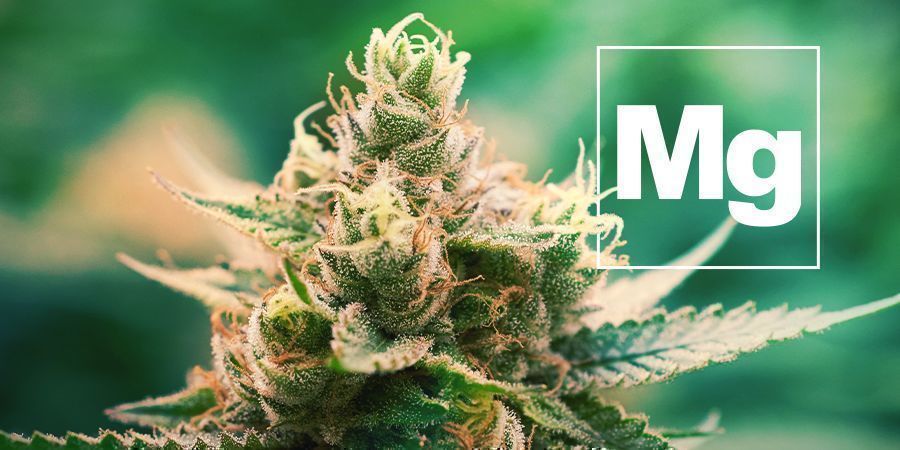
Magnesium might be considered a micronutrient, but it still plays a key role in the health and growth of cannabis plants. Keep reading to learn more about the importance of magnesium in cannabis cultivation, and how to ensure your plants get enough of the nutrient throughout their life cycle.
Cannabis needs magnesium in just the right amounts in order to photosynthesise, regulate the production of important enzymes, and more. Moreover, the amount of magnesium a cannabis plant needs can vary depending on its genetics, growing medium, and stage of development. Learn how to provide your weed plants with enough magnesium below.
What Is Magnesium
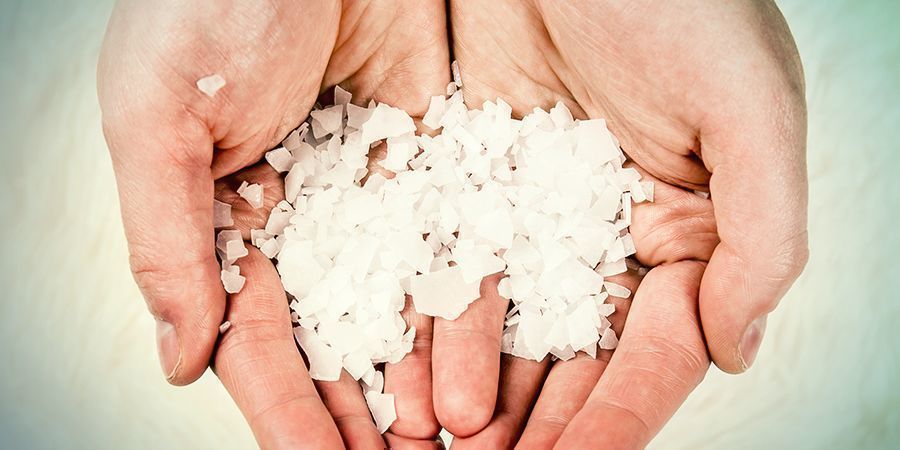
Magnesium is among the important secondary nutrients that cannabis plants need for healthy growth. Like nitrogen, phosphorus, potassium, calcium, and sulphur, it belongs to the group of macronutrients, which are the nutrients your cannabis needs in the largest amounts.
Magnesium is classed a “secondary” macronutrient because, although needed in relative abundance, less is required for your plants to grow compared to the three primary macronutrients: nitrogen (N), phosphorus (P), and potassium (K). But, just like the primary nutrients, secondary nutrients are essential to the growth of your cannabis.
Magnesium is also a so-called mobile nutrient. This means the cannabis plant can relocate it from older tissue to newer tissue. This is why signs of a magnesium deficiency usually show up on the older, lower leaves first, and not on new growth.
Why Do Cannabis Plants Need Magnesium?
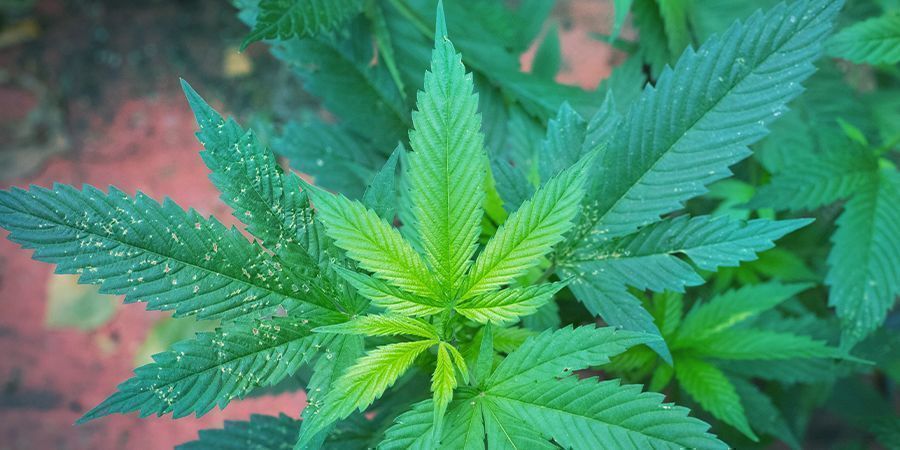
Magnesium is an element that your cannabis plant needs in relatively large quantities in all stages of its life. Within the plant, magnesium is mostly present in the leaves, as it is a vital part of the chlorophyll molecule. Its presence or absence, therefore, has a direct impact on the plant’s ability to absorb light and subsequently create sugars and carbohydrates. If magnesium levels are low, your plant will struggle to grow. In addition, magnesium also helps with enzyme production.
In summary, magnesium:
- Plays an important role in converting light into energy.
- Regulates enzyme production.
In some circumstances, cannabis may require additional levels of magnesium: for instance after supplementing with something that contains calcium but not magnesium, such as eggshells or agricultural (non-dolomite) lime. Overfeeding with cannabis fertilisers can at times also result in a deficiency due to an overly acidic pH in the root zone. In this event, simply giving magnesium won’t work, as the reason for the deficiency is an improper pH, rather than a lack of magnesium itself.
Magnesium Needs During Early and Vegetative Stage
Seedlings and cuttings do not require nutrients. In fact, not providing nutrients in the first few weeks of growth will promote healthy root development. Only start feeding when your plants have reached a height of 15cm, and then go about it gently and start giving only 25–50% of the recommended dose.
When your plants have entered the vegetative stage at about week 4–8, you can start giving nutrients at the recommended doses. At this stage, where your plants grow vigorously and expand their root system, they will need to be fed nutrients rich in nitrogen, along with the proper amounts of magnesium, calcium, and other macro- and micronutrients. If you follow a feeding schedule and stick to the recommended doses, your plants should get all the required nutrients in the appropriate concentrations.
Magnesium Needs During Pre-Flowering and Flowering Stage
The time right before cannabis enters the flowering phase is known as pre-flowering. This is where the plant grows most vigorously, with some strains stretching twice or even three times their current height within just a week. To accommodate this vigorous growth, plants will require nitrogen and extra levels of magnesium and calcium.
Because magnesium is essential for cannabis to turn light into energy, not getting enough will also negatively affect bud growth and yield. It is therefore best to give flowering nutrients in the recommended doses. This will ensure your plant receives the right amount of magnesium and other essential nutrients to develop an abundance of buds.
If you have amended your soil with eggshells or agricultural lime (both of which provide calcium but no magnesium), or your tap water has a high amount of lime, you may need to give extra magnesium to avoid deficiencies.
Cannabis, Magnesium, and pH Level
As with most other nutrients, cannabis plants can only absorb magnesium within a specific pH range. When growing in soil, magnesium is available from 6.5 to 8.0 pH. With hydroponics, the suitable pH for magnesium is 5.8 to 8.0 pH. A common reason for magnesium deficiency is an overly acidic pH. This will lead to magnesium lockout, meaning the plant is unable to absorb magnesium even if it is present. When this happens, the grower needs to restore pH to an appropriate level. This is done by flushing out the root zone with plain pH-balanced water.
Magnesium in Chemical vs Organic Fertiliser
As it relates to cannabis plants, there are two types of magnesium. One is the mineral in ion form, such as magnesium oxide, which is found in cannabis nutrients and sometimes in soil. There is also unavailable magnesium that doesn’t get processed by microbes, making it so plants can’t absorb it. Soil for growing cannabis will typically contain both readily available magnesium and magnesium that needs to be first metabolised by microbes.
If one is growing organically and doesn’t want to use chemical nutrients, Epsom salt is a great natural alternative that usually isn’t chemically derived. As a soil amendment that resembles coarse kitchen salt, it gives your cannabis an extra boost of both magnesium and sulphur. It’s also almost impossible to oversaturate the soil when using it, so you won’t have to worry there. Epsom salts work in hydroponic systems as well. Lastly, dolomitic lime is another natural source of both magnesium and calcium, and it makes a great soil amendment.
Magnesium deficiency and toxicity
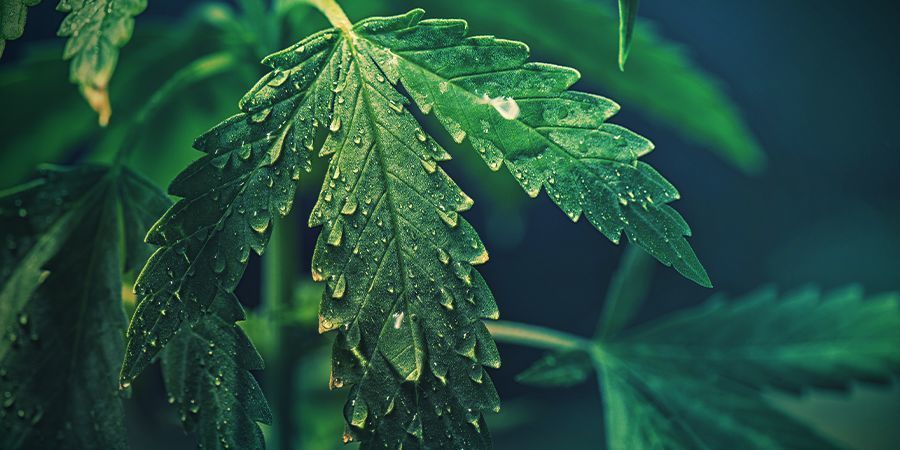
Magnesium is a mobile nutrient, which means signs of a deficiency tend to show up in older growth first. Symptoms of Mg deficiency include:
- Browning or yellowing leaf edges (particularly in older fan leaves)
- Yellowing leaf veins and margins
- Reddish-purple stems
- Brown spotting
- Necrotic spots on new growth (in later stages)
Meanwhile, magnesium toxicity can produce the following symptoms:
- Dark brown or black leaves
- Foliage pointing upward
- Symptoms of calcium lockout (magnesium toxicity can affect a plant's ability to take up calcium)
Properly diagnosing magnesium deficiency or toxicity can be tricky, since various nutrient deficiencies/toxicities often produce similar symptoms. Click here for a detailed overview of how to identify and treat magnesium deficiency/toxicity and other nutrient issues.
Beginner cannabis growers often focus their fertilising efforts exclusively on nitrogen, phosphorus, and potassium. More experienced growers, however, understand that a balanced delivery of micronutrients, including magnesium, is key to growing healthy cannabis plants that deliver great yields.












 United States
United States

